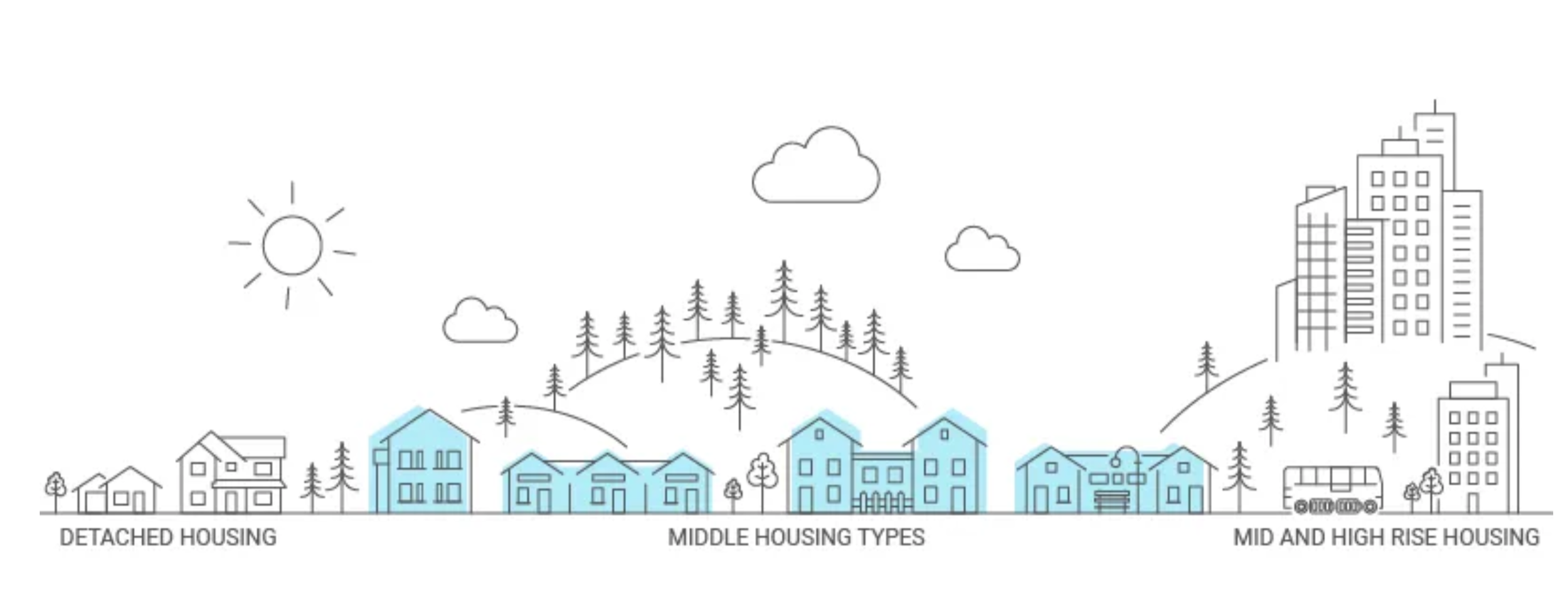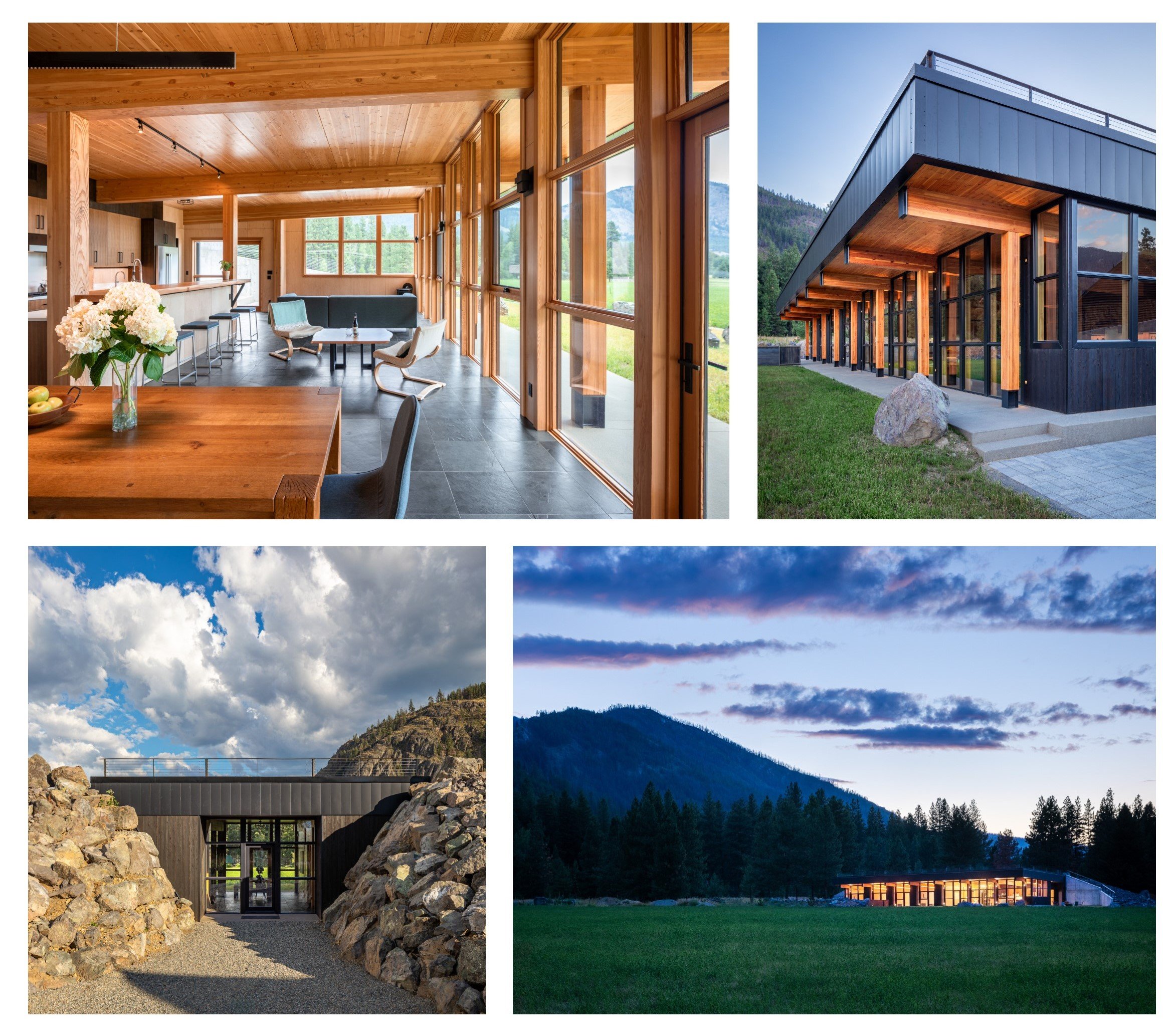Chris Walter, @ChrisWPhoto, talked with Matt Hutchins about the significance of Accessory Dwelling Units (ADUs).
At CAST architecture, we have been focused on ADUs for more than a decade. They're fun to design, perfectly fit a niche for new housing in established neighborhoods, and provide many benefits for owners and residents.
https://www.youtube.com/watch?v=PJaLht9v5Yw
CAST’s Cedar Cottage is a City of Seattle Pre-approved DADU. Our vision is to adapt the high-design cottage, simplify it, and make it accessible.
See more at www.castcottages.com
“Part of the reason we love backyard cottages is just the opportunity. If you have a home with a possibility for a second house – it could be whatever you want it to be – a studio, a place for grandma, a rental, and having that flexibility is huge. We have people who have it as an Airbnb, or a long-term rental, as a place for their kids and then their retirement home. This flexibility is fantastic. It opens up so many opportunities in this great city.” -- Matt Hutchins, AIA, Certified Passive House Designer
Backyard cottages = Flexibility and Opportunity



























